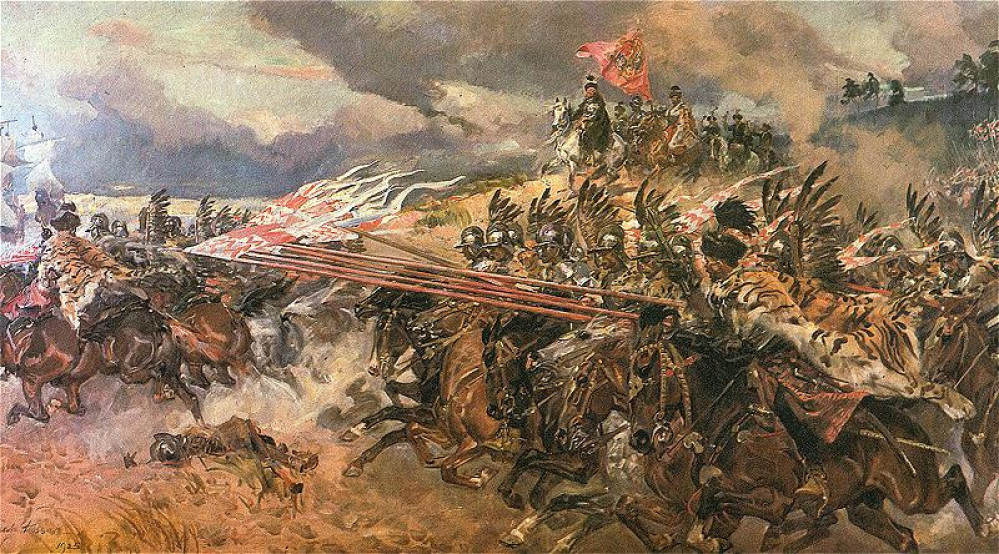
Husaria - Building a Polish army for the 1620s
Animal Print
One item on the figures that was a ‘first’ for me was the animal pelts. These were very popular for the wealthier Hussars, and leopard skins seem to have been most popular. It was not unusual to make fake leopard skins by adding spots to pelts from other animals. I had never painted leopard skins before and so I resorted to searching YouTube for a suitable tutorial. I found one (https://youtu.be/NjcvsaKIhWU) which was nice and straight forward, and I was quite pleased with the result. Here are the steps I used. (All colours are from Vallejo Model Color range.)
I was quite pleased with the result. At a wargaming, arm’s length, distance it looks like a good approximation of a leopard skin, although I don’t think it would fool a real leopard. On the basis that many of the cloaks worn by the Hussars were ‘fake’, this might actually be a point in my favour!




































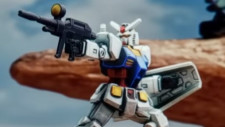




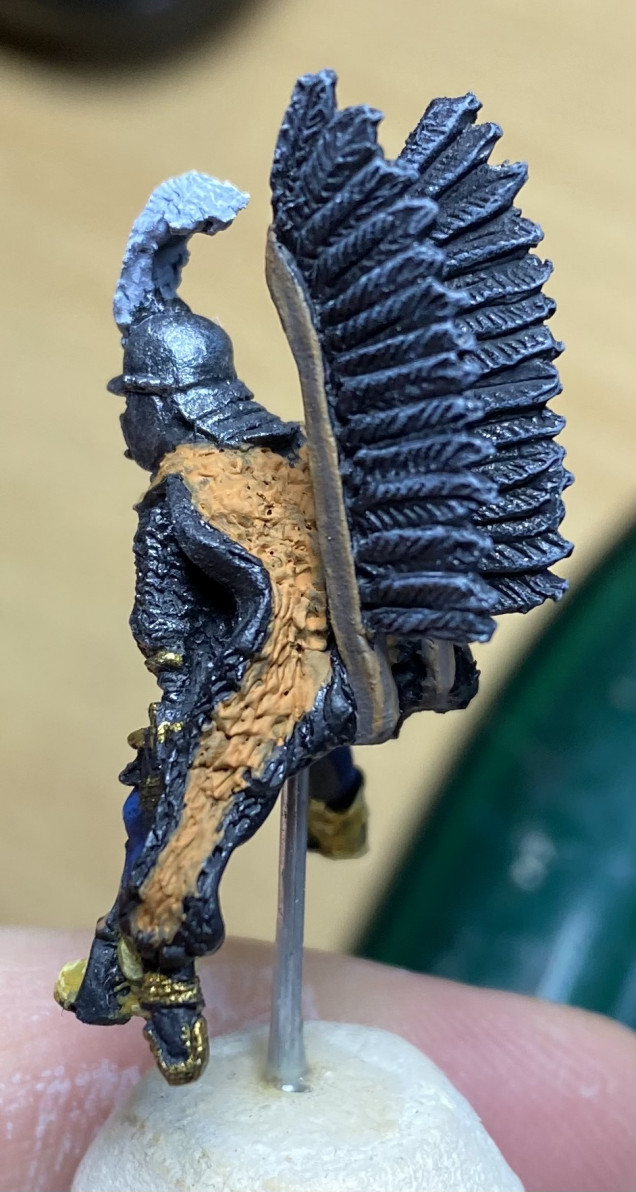
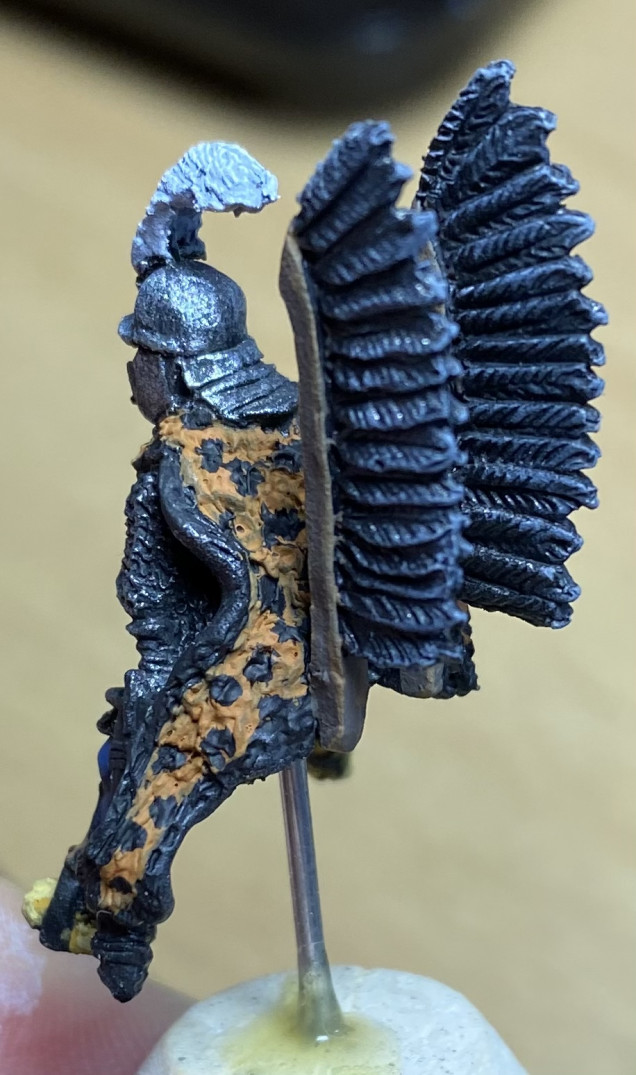

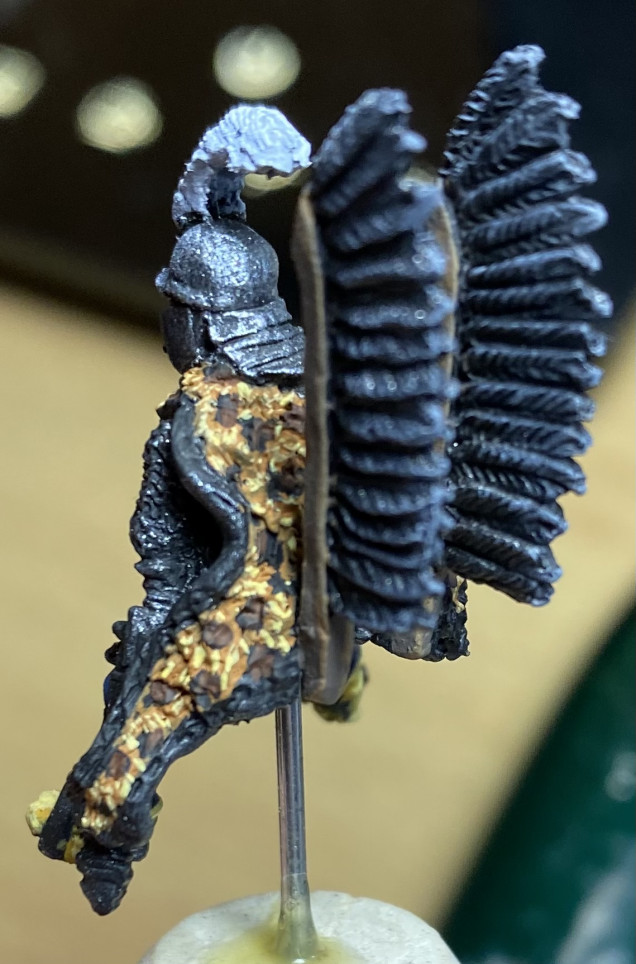
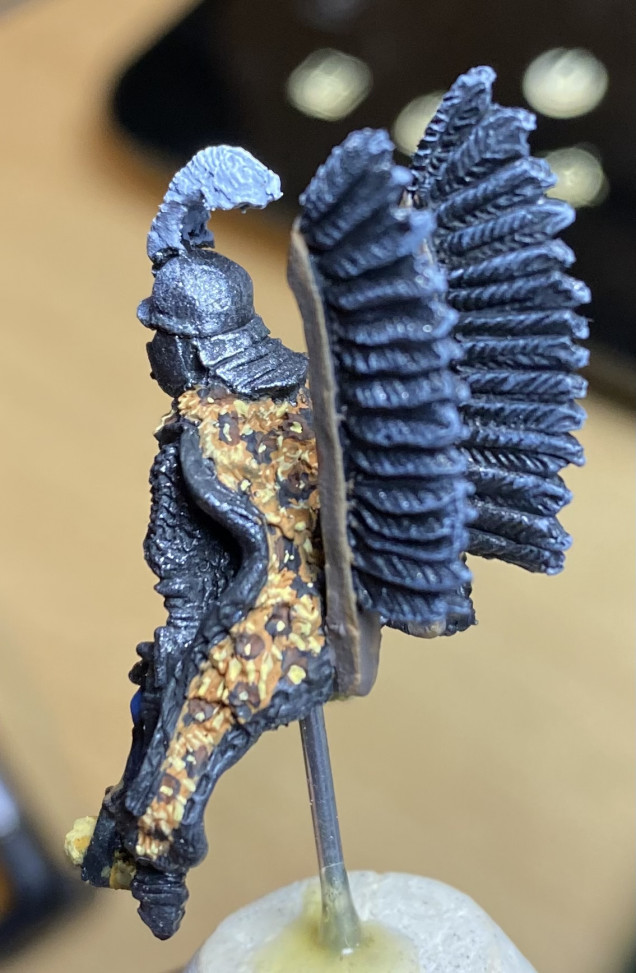
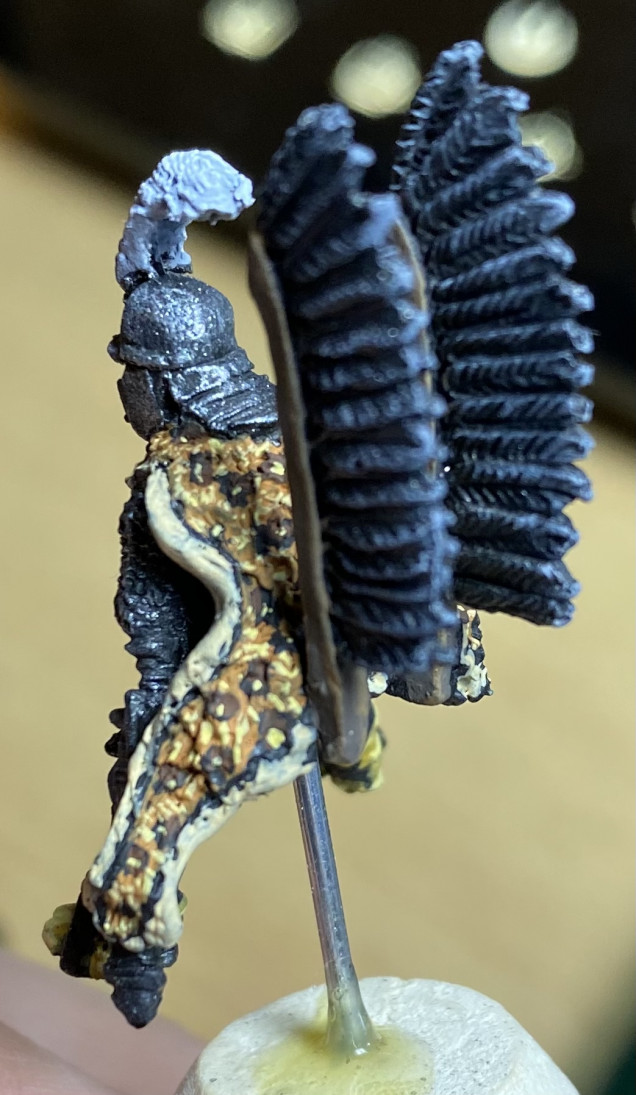
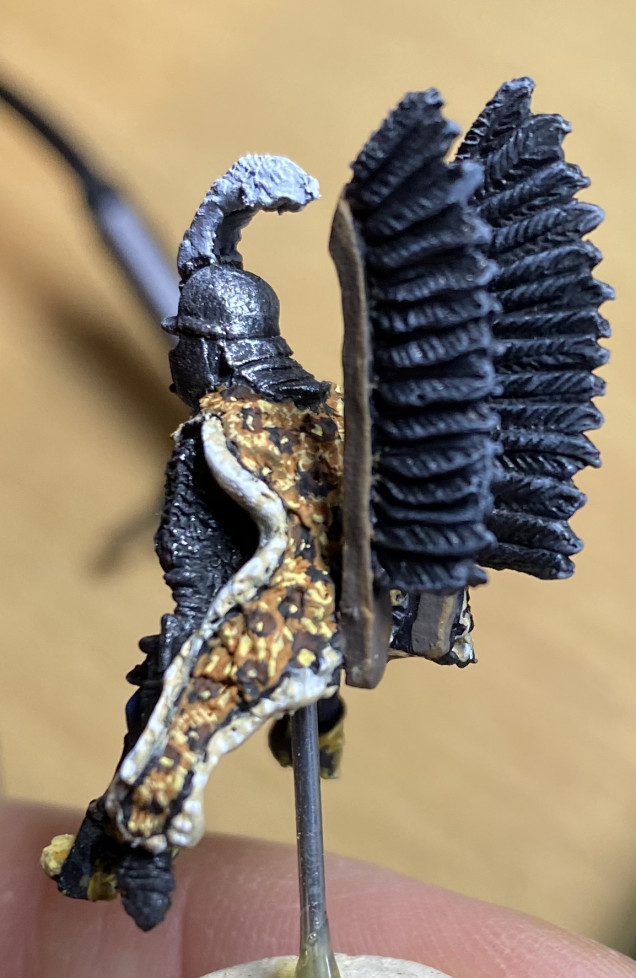

































Leave a Reply